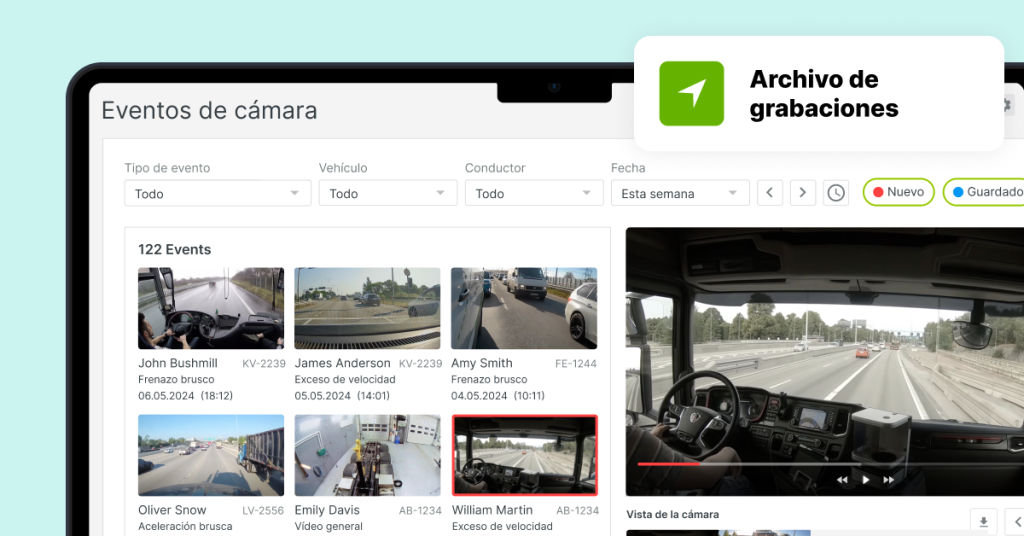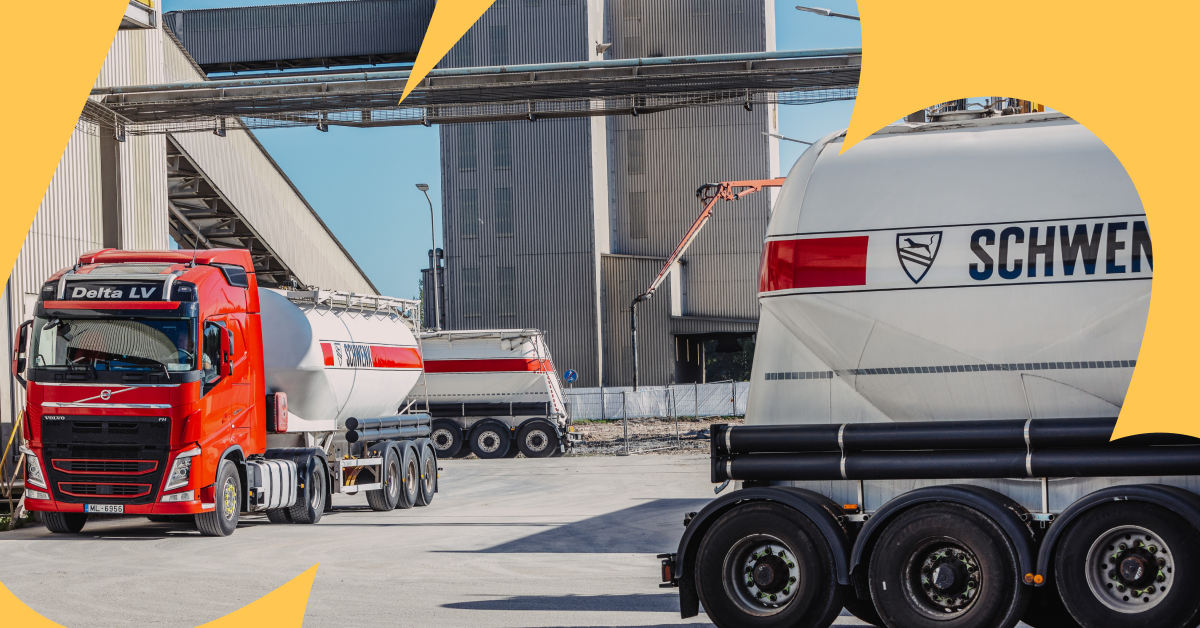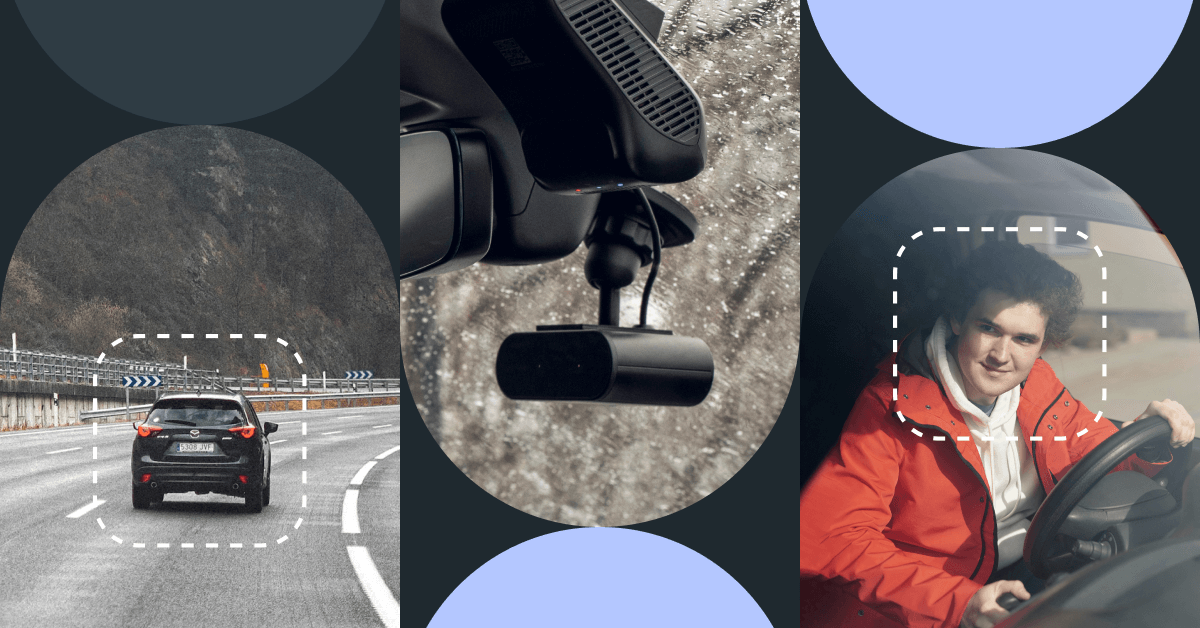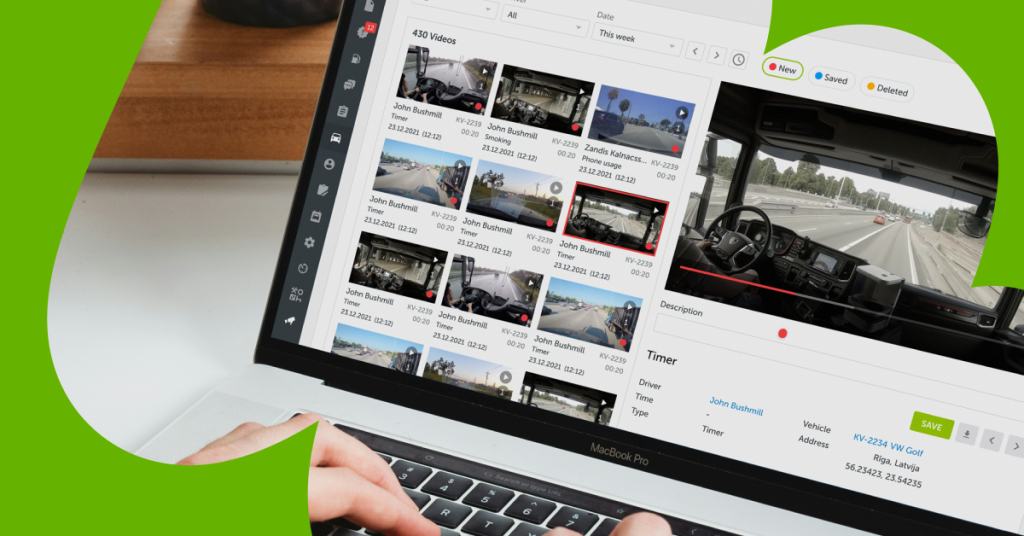La gestión de flotas ha dejado de ser un aspecto operativo más para convertirse en una ventaja competitiva estratégica para empresas que dependen del transporte. Contar con un sistema de gestión de flotas no solo permite tener un mayor control sobre los vehículos, sino que también optimiza recursos, mejora el rendimiento y reduce costes a corto y largo plazo. En este artículo analizamos a fondo los beneficios más relevantes de implementar una solución tecnológica de gestión de flotas como la que ofrece Mapon.
1. Reducción de costes operativos
Una de las razones más atractivas por las que las empresas adoptan un sistema de gestión de flotas es por la posibilidad real de ahorrar costes. A través del seguimiento en tiempo real y el análisis de datos, los gestores pueden detectar ineficiencias como desvíos innecesarios, ralentí excesivo o un consumo anormal de combustible. Estos datos permiten tomar decisiones informadas para reducir el gasto diario, mensual y anual, haciendo que la inversión en tecnología se recupere en poco tiempo.
2. Optimización del uso de los vehículos
Los sistemas de gestión de flotas como Mapon te permiten asignar los vehículos más adecuados para cada ruta o tipo de trabajo, maximizando su vida útil y reduciendo el desgaste innecesario.Además, te ofrece herramientas avanzadas para analizar el rendimiento de la flota, permitiendo detectar qué vehículos se usan más y cuáles menos. Esto facilita una distribución más equitativa de las tareas, evitando la sobreutilización de ciertos vehículos y asegurando que todos se mantengan en óptimas condiciones operativas.
3. Mejora de la eficiencia logística
Con herramientas como el planificador de rutas, las empresas pueden adaptar sus rutas a condiciones cambiantes en tiempo real: tráfico, cierres de vías o nuevas entregas imprevistas. Esto se traduce en operaciones más ágiles y una mejora directa en los tiempos de entrega.
Como es el caso de unos de nuestros clientes R GRUPA, que lleva a cabo una planificación detallada de las rutas, se comunica con los conductores y desarrolla la ruta óptima. También se elaboran mapas de ruta que pueden ser utilizados por cualquiera que conduzca los vehículos de la empresa.
4. Mayor seguridad para conductores y vehículos
Un sistema de gestión de flotas permite reforzar la seguridad vial detectando patrones de conducción agresiva, como frenazos y giros bruscos o incluso los exceso de velocidad. Y generando alertas instantáneas para intervenir a tiempo. Además, con sistemas de cámaras de gestión de flotas como los de Mapon puedes tener una visión completa de lo que ocurre en la carretera, con grabaciones que pueden utilizarse como prueba ante incidentes o como herramienta formativa.

5. Mantenimiento predictivo
Uno de los beneficios más estratégicos de implementar un sistema de gestión de flotas es la posibilidad de anticiparse a las averías mediante un mantenimiento predictivo automatizado. Puedes monitorizar en tiempo real datos clave como el kilometraje, las horas de motor, los hábitos de conducción etc. A partir de esta información, el sistema genera alertas automáticas que indican cuándo realizar revisiones o reemplazos antes de que se conviertan en fallos costosos. Además, se pueden programar planes de mantenimiento personalizados por tipo de vehículo o ruta, lo que ayuda a minimizar tiempos de inactividad y a extender significativamente la vida útil de la flota.
6. Entregas más precisas y clientes más satifechos
En el mundo actual, la experiencia del cliente es clave para la fidelización. Con una gestión eficiente de la flota, es posible ofrecer información precisa sobre horarios de entrega, retrasos o rutas alternativas. Además, permite reaccionar rápidamente ante incidencias y ofrecer soluciones en tiempo real, lo que mejora la imagen de marca y la confianza del cliente.
7. Decisiones basadas en datos
La digitalización de las operaciones de flotas proporciona una cantidad valiosa de datos sobre cada viaje, cada conductor y cada vehículo. Estos datos no solo sirven para controlar, sino que permiten detectar oportunidades de mejora, establecer métricas de rendimiento y alinear los objetivos logísticos con los de negocio. El análisis de esta información se convierte así en una herramienta estratégica para cualquier empresa del sector.
8. Impacto medioambiental positivo
La optimización de rutas, el mantenimiento predictivo y la conducción eficiente que se logra gracias a la monitorización continua tienen un impacto directo en la reducción de emisiones contaminantes. Mapon refuerza este beneficio con los informes de CO₂, que permite calcular las emisiones generadas por cada vehículo, trayecto o periodo de tiempo. Esta visibilidad facilita a las empresas tomar decisiones más sostenibles, establecer metas de reducción de emisiones y respaldar sus compromisos de RSC con datos concretos.
9. Cumplimiento normativo
Contar con un sistema de gestión de flotas te permite la recopilación y almacenamiento automático de información legalmente requerida en sectores como el transporte de mercancías o el transporte internacional. Esto ahorra tiempo, reduce errores humanos y asegura que la empresa se mantenga siempre dentro del marco normativo vigente.
10. Escalabilidad y crecimiento
Un buen sistema de gestión de flotas como el de Mapon es escalable, lo que significa que puede adaptarse al crecimiento del negocio. Ya sea que la empresa tenga 5 vehículos o 500, el sistema ofrece el mismo nivel de control y eficiencia, permitiendo un crecimiento sostenido y sin sobresaltos.
¿Aún dudas si implementar un sistema de gestión de flotas?
Si has llegado hasta aquí, probablemente ya sabes que gestionar una flota sin herramientas tecnológicas es como conducir con los ojos cerrados. Con Mapon, no solo tendrás visibilidad y control, sino también la capacidad de anticiparte, optimizar y crecer. Da el paso hacia unas operaciones más eficientes, seguras y sostenibles. Puedes ponerte en contacto con uno de nuestros comerciales y descubrir la solución que mejor se adapte a tu negocio.





